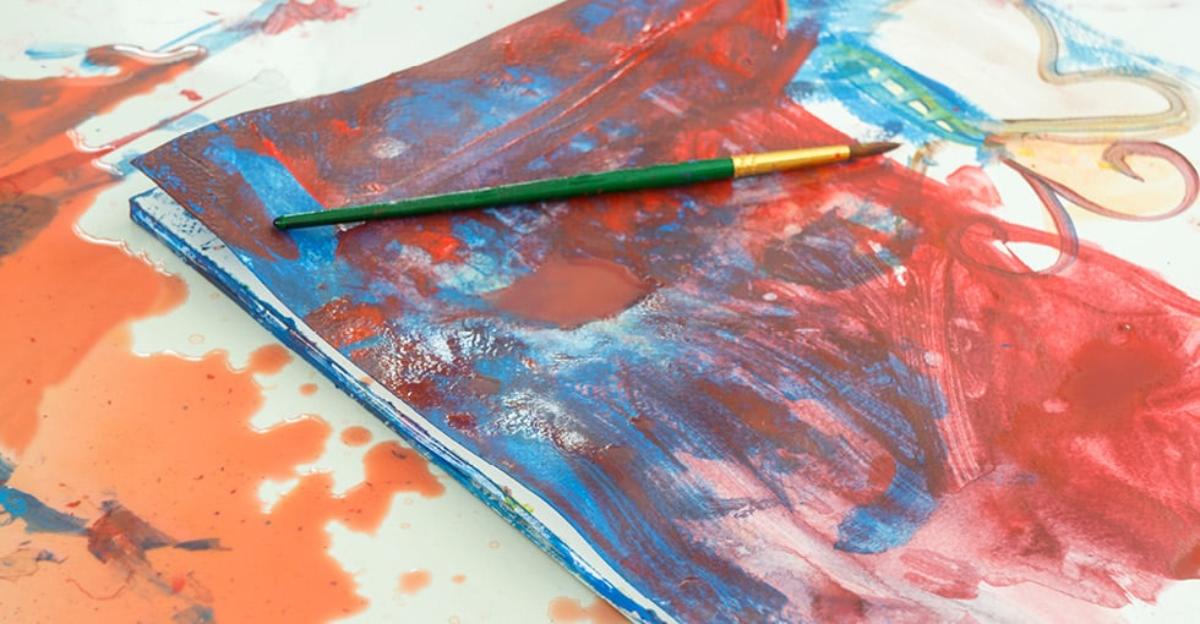Experienced artists know that not all projects work out. Maybe the concept was ill-conceived, the technique was inappropriate or too advanced, the materials were all wrong, or the artist’s heart was never in it. Whatever the reason, most artists have had to scrap more than a few projects over the course of their careers.
The same will likely be true for your students. Whether you’re teaching a tried-and-true project that just isn’t resonating with a particular class or you’re trying a brand-new lesson that just isn’t working, there will come a time when you as the teacher will have to decide whether to push through or call it quits.
Knowing whether to pull the plug is the tricky part. Sometimes students will be frustrated but you can see that a small tweak or even a big-ish change will save the project. Other times you’ll be able to tell that no amount of perseverance is going to change the outcome—disappointing work, frustrated students, and lost time. But sometimes, you’ll be at a loss.
Fortunately, there are some signs that will guide your decision. If you are no longer excited about the project, for example, or particularly if your students never were, it may be time to move on. Perhaps the project is taking far longer than expected and even your better students are not making progress. Or maybe the class is on track but the outcome is not impressing anyone. If any, or definitely if all, of these scenarios ring true, it could be time to move on.
Before you do, be sure to discuss the situation with your students. Ask how they’re feeling about the project and whether they have any suggestions to salvage their work. And be open to their ideas! The answer may lie in redirection—is the project naturally flowing somewhere other than where you intended? What would happen if you let the work follow that course instead of your original plan? Giving your students the freedom to scrap your lesson and turn their work in progress into anything else they’d like may yield surprising results.
However, if saving or redirecting are just not options, there is no shame in giving up. Since evaluating one’s work and letting unsuccessful projects go is a part of the artistic process, no one needs to feel that quitting a project is a failure. Instead, use it as a teachable moment. Have a candid conversation with your students. If the mistake was yours—poor instructions, wrong material choice, inappropriate level of difficulty—be honest. Otherwise, discuss what didn’t work and why as a group. Listen to your students’ input and then decide whether this is a lesson that could be tweaked to work better with another group, another time, whether there’s a better way to teach the same lesson, or whether this is a project should be crossed off your list forever. No matter what you choose, remember that sometimes it takes more strength to quit than to persevere.
Have you pulled the plug on a project? How did you explain the stoppage to your students? And how did they take it? Let us know in the comments below.






Leave a Reply